Bicho-Bicho is a Filipino twisted donut made of yeast dough that is deep-fried to golden perfection. Soft, fluffy, and coated in sugar, it makes a great breakfast, snack, or dessert. It's also delicious paired with coffee or your favorite refreshments.
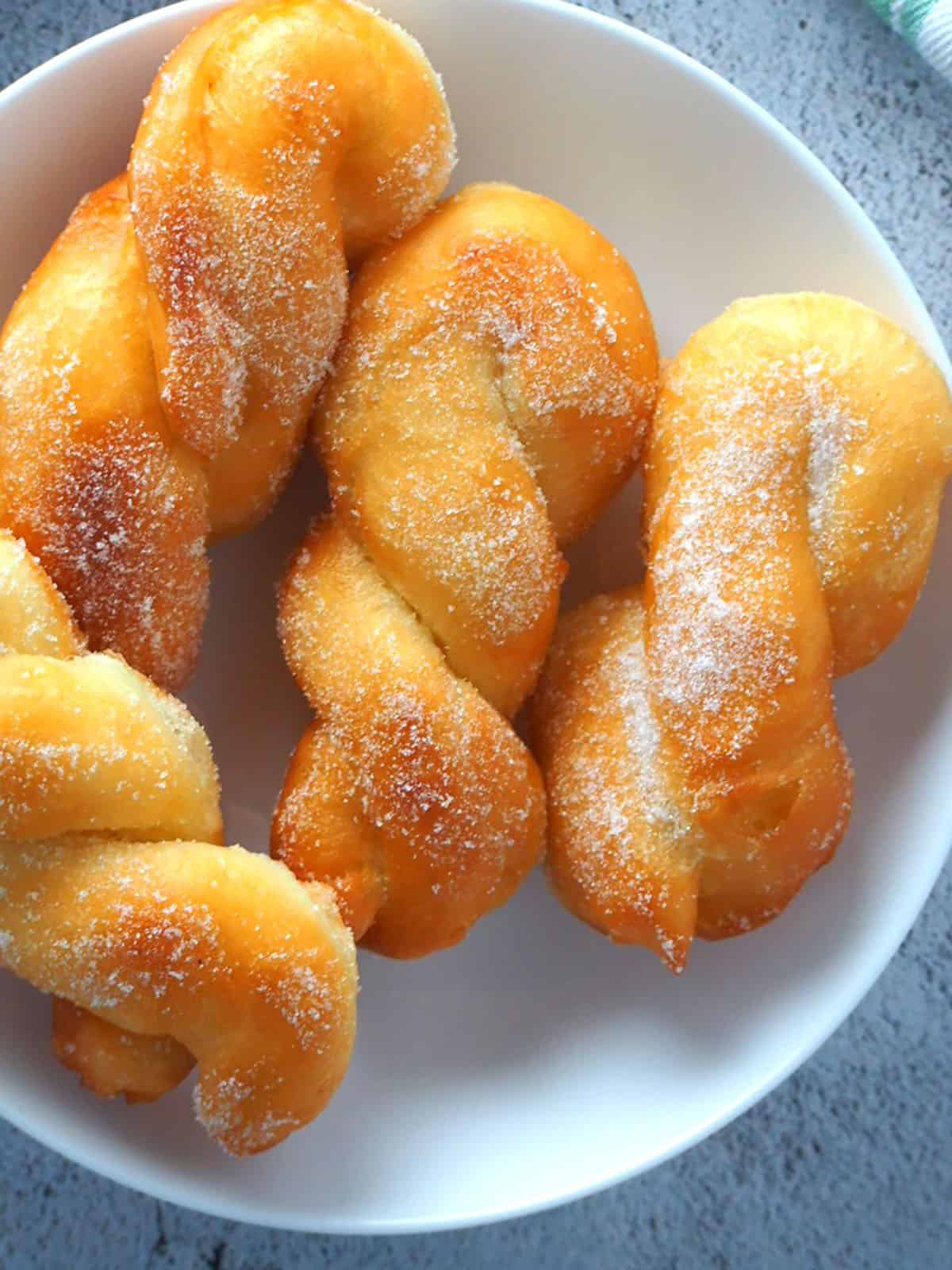
Hello, everyone! I'm Sanna, and I am excited to be back with another delicious treat for you.
Over the years of guest posting here on Kawaling Pinoy, I've shared many of my tried-and-tested baked goods recipes, from the elegant Sans Rival with French buttercream to hearty pandesal with corned beef filling to holiday-worthy crema de fruta with from-scratch sponge cake. Although I've enjoyed making all these fabulous treats, I have to say this bicho-bicho recipe is my favorite of the lot.
What is Bicho-Bicho
Bicho-bicho or bitsu-bitsu is a type of Filipino delicacy made with a yeasted wheat dough or glutinous rice flour dough shaped into twisted ropes, deep-fried in hot oil until golden, and then coated in sugar or caramel syrup and sesame seeds.
Also known as lubid-lubid or shakoy, it comes in many variants, including the sticky and chewy carioca, hard and crunchy pilipit, and this soft and fluffy version here.
How to Make Bicho-Bicho
The process for these Filipino-style donuts is the same as for any yeast bread, but braiding the dough into twisted knots makes it a fun baking project!
Making the Dough
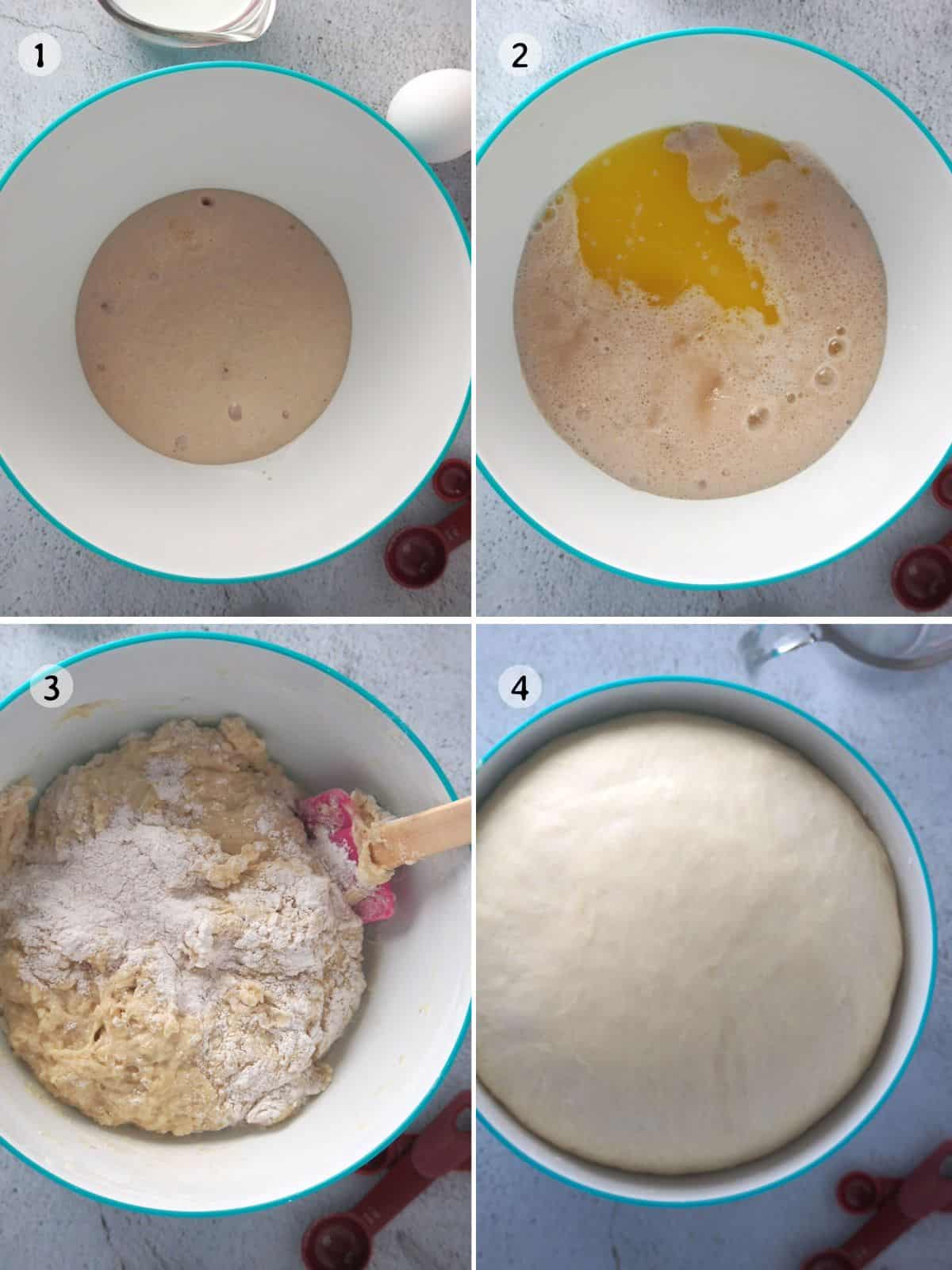
- Combine yeast, warm water, and a small amount of sugar in a large mixing bowl. Stir and let the mixture sit for about 5 minutes or until thick and foamy.
- Add the warm milk, eggs, butter, the remaining sugar, and salt to the bowl. Stir everything well with a wooden spoon.
- Add the flour gradually while stirring, just until the dough gathers into a soft, shaggy mass in the center of the bowl. You might not need all of the flour. Turn the dough on a floured surface and knead until smooth and elastic. Dust with flour as needed to help with the stickiness. The dough will lose some of its stickiness as you knead it.
- Shape it into a ball and place it inside a bowl. Cover the bowl and let the dough rise for about an hour until doubled in size.
Shaping the Dough
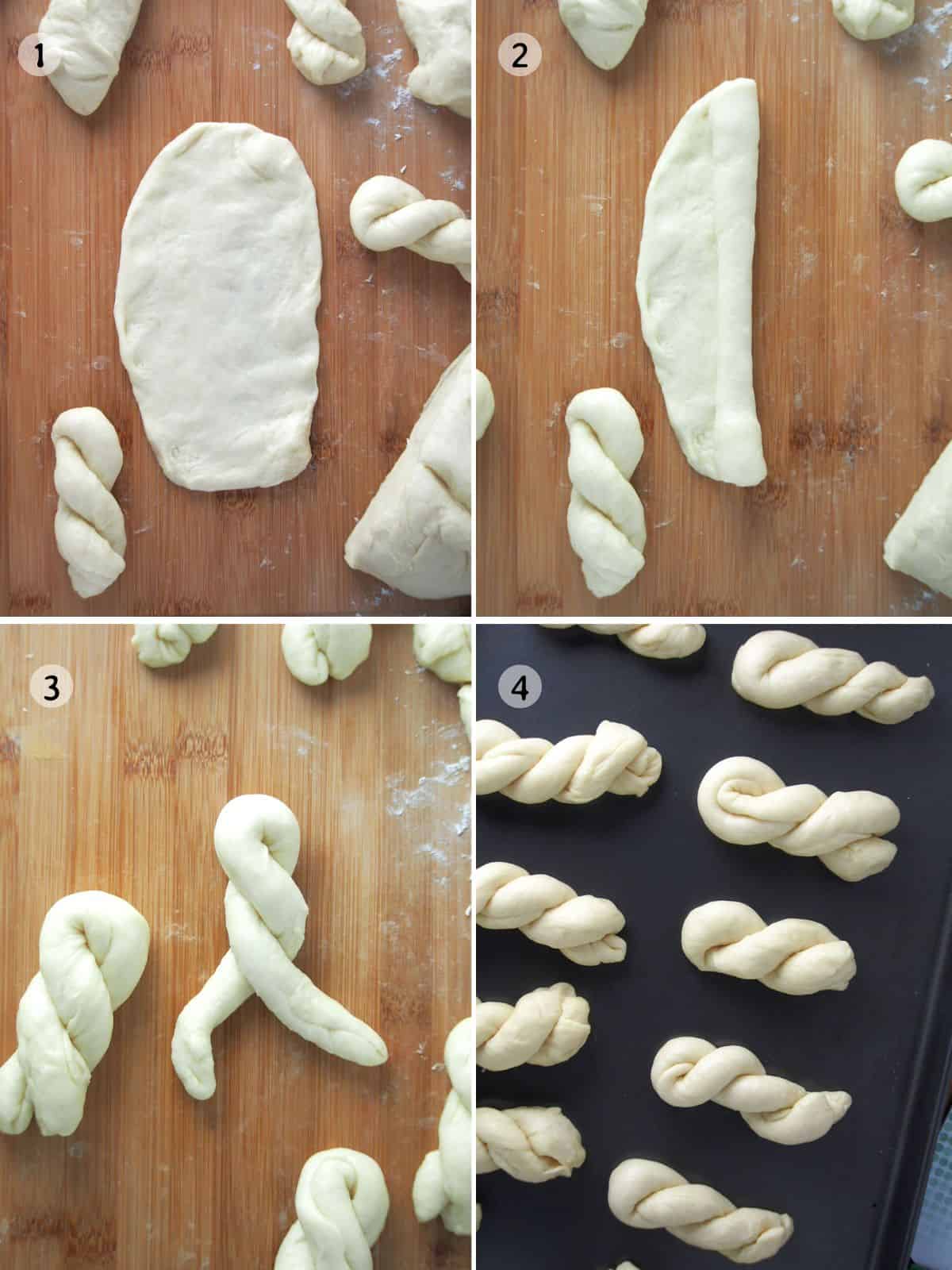
- After the dough has risen, it is time to make the knots. Gently deflate the risen dough and divide it into four equal parts, and then each part into four smaller portions. Take one portion and flatten the dough into a rectangle with your hands or a rolling pin.
- Roll the dough sideways to form a log. Using your hands, roll the log back and forth against the kneading surface to elongate it to 13 to 15 inches long.
- Braid the elongated dough into twisted ropes by folding in the middle and overlapping each side on top of each other. Repeat the process with all the remaining logs.
- Arrange the twisted dough in a single layer on a large baking sheet. Cover with a kitchen towel and let rise for about 30 minutes or until puffy.
Frying the Bicho-Bicho
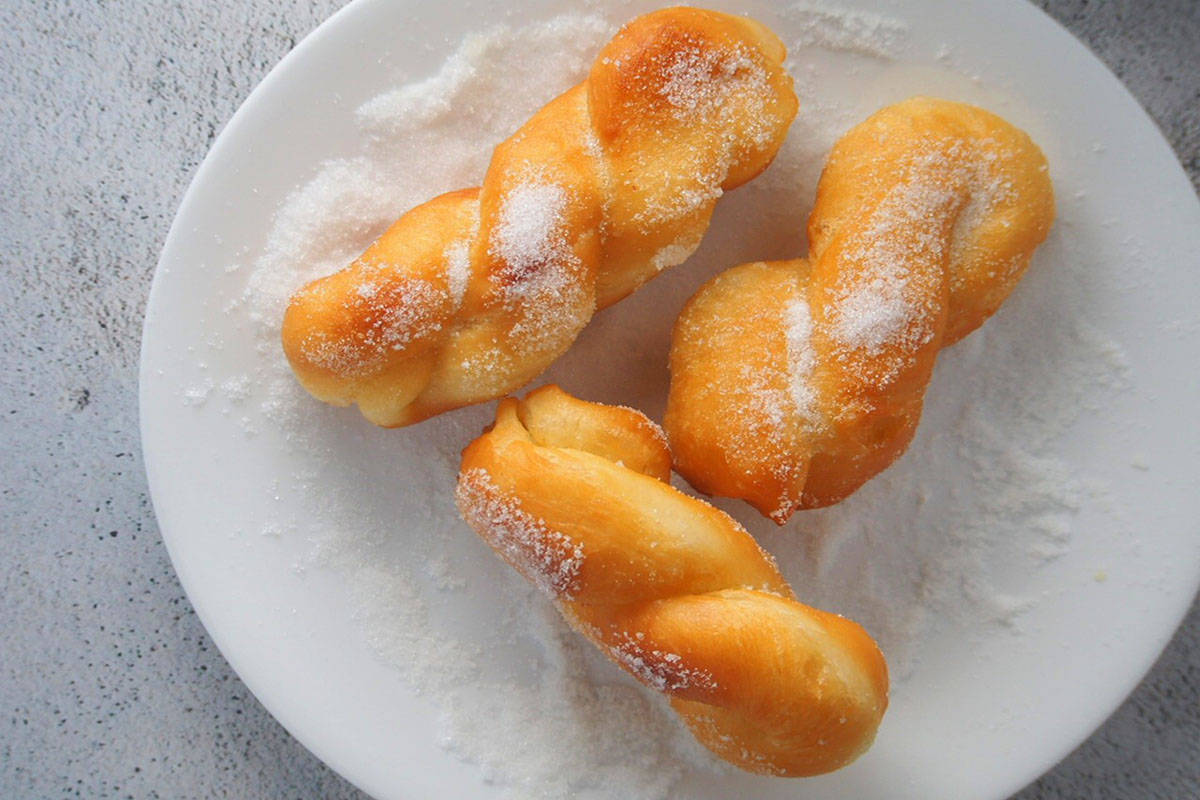
- Heat about 3 inches of cooking oil in a heavy-bottomed pan to 350 F. Gently lower 2 to 3 donuts at a time, starting with the puffiest ones.
- Cook one side of the donut for about 1 minute or until golden, and turn to cook the other side for another 1 minute. Each donut should take only 1 to 3 minutes to deep-fry; watch closely, as it can burn in seconds.
- Drain each fried donut on a plate lined with paper towels and toss in sugar on a shallow plate to coat.
Helpful tips
- The warm water for proofing the dough should be 105-115 F. Boiling temperature can kill the yeast.
- To make the dough, add only enough flour until you form a shaggy dough that gathers into a soft, moist mass in the center of the bowl. If the dough is too dry, you have added too much. It is better to add less flour, as you will still add more flour as you knead the dough.
- As you knead, dust with flour sparingly. Again, over-flouring will make the dough dry.Kneading is done once the dough is smooth and can stretch thinly. Make sure to do the window pane test.
- When frying, maintain the temperature at the optimal 350 F. Too hot, the dough will burn before sufficiently cooking. Too low, the donuts will absorb a lot more grease. Make sure to adjust the heat from time to time.
How to store
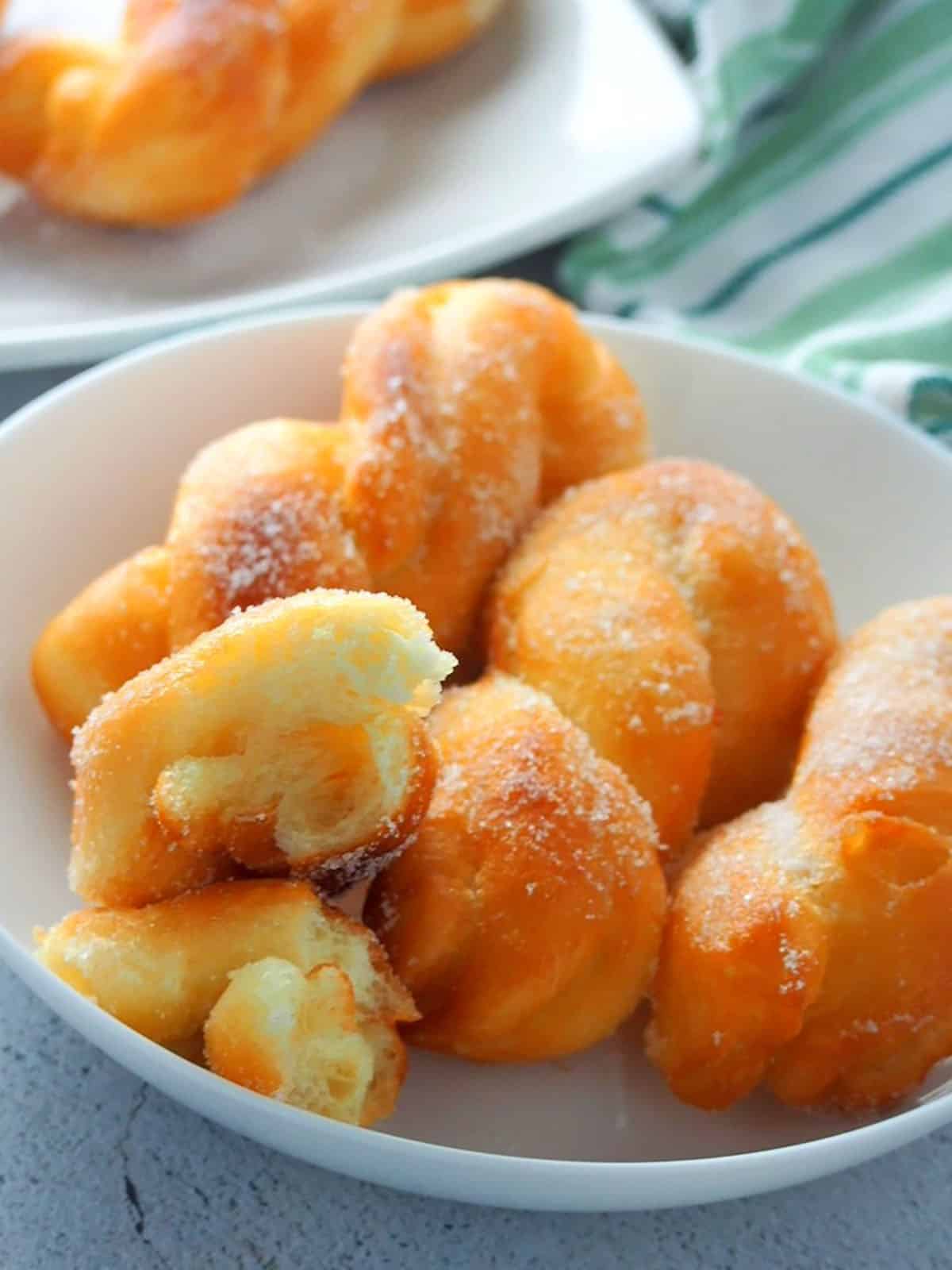
These Filipino donuts don't last long in our house, with everyone vying for a piece as soon as they're off the stove and coated with sugar. However, if you have leftovers, store them in a covered container at room temperature, and they'll stay soft and fluffy for up to 3 to 4 days.
Ingredients
- ½ cup warm water (105-115 F)
- 2 ¼ teaspoon active dry yeast
- ¼ cup sugar
- 2 eggs, lightly beaten
- ¾ cup warm milk
- ½ cup melted butter
- ½ teaspoon salt
- 4 ½ cups flour
- oil
- sugar for coating
Instructions
- In a large mixing bowl, combine warm water, yeast, and 1 teaspoon of the sugar. Stir and let stand for about 5 minutes or until mixture is foamy.
- Add the remaining sugar, eggs, milk, melted butter, and salt. Stir with a wooden spoon until well-combined.
- Add the flour gradually while stirring, adding only enough until the dough has gathered in the center of the bowl. It should still be soft and not dry. You may not need the entire amount of flour.
- Turn the dough over on a floured surface and knead until smooth, elastic, and has lost some of its stickiness. Use some of the remaining flour to prevent the dough from sticking too much on the board or on hands.
- Shape the dough into a ball and place in a bowl. Cover the bowl with a kitchen towel and let the dough rise for about an hour, or until double in size.
- Once risen, gently deflate the dough and divide it into 4 equal portions. Divide each portion into 4 smaller equal portions for a total of 16 pieces.
- Using a rolling pin, flatten each portion to form a rectangular dough about 6 inches in length and 4-inches in width.
- Roll the flattened dough lengthwise to form a log. Using hands, roll the log back and forth against the kneading surface to elongate to 13 to 15 inches long.
- Braid the log into a twisted rope by folding in the middle the log midways and overlapping each side over each other. Repeat with the remaining portions.
- Arrange the braided dough in a single layer on a large baking pan at about an inch apart. Cover with a kitchen towel and let rise for 30 minutes or until puffy.
- In a heavy bottom pan over medium heat, heat about 3 inches of cooking oil to 350 F.
Add the dough 2 to 3 at a time, starting with the puffiest ones, and deep-fry the dough for about 1 to 3 minutes or until golden. Adjust the heat from time to time to prevent the donuts from burning. - With a slotted spoon, remove fried donuts from the oil and drain on paper towels. In a shallow plate, toss the donuts in sugar to fully coat. Serve warm.
Notes
- The warm water for proofing the dough should be 105-115 F. Boiling temperature can kill the yeast.
- To make the dough, add only enough flour until you form a shaggy dough that gathers into a soft, moist mass in the center of the bowl. If the dough is too dry, you have added too much. It is better to add less flour, as you will still add more flour as you knead the dough.
- As you knead, dust with flour sparingly. Again, over-flouring will make the dough dry. Kneading is done once the dough is smooth and can stretch thinly. Make sure to do the window pane test.
- When frying, maintain the temperature at the optimal 350 F. If it is too hot, the dough will burn before sufficiently cooking. Too low, the donuts will absorb a lot more grease. Make sure to adjust the heat from time to time.
Video

Nutrition Information
“This website provides approximate nutrition information for convenience and as a courtesy only. Nutrition data is gathered primarily from the USDA Food Composition Database, whenever available, or otherwise other online calculators.”

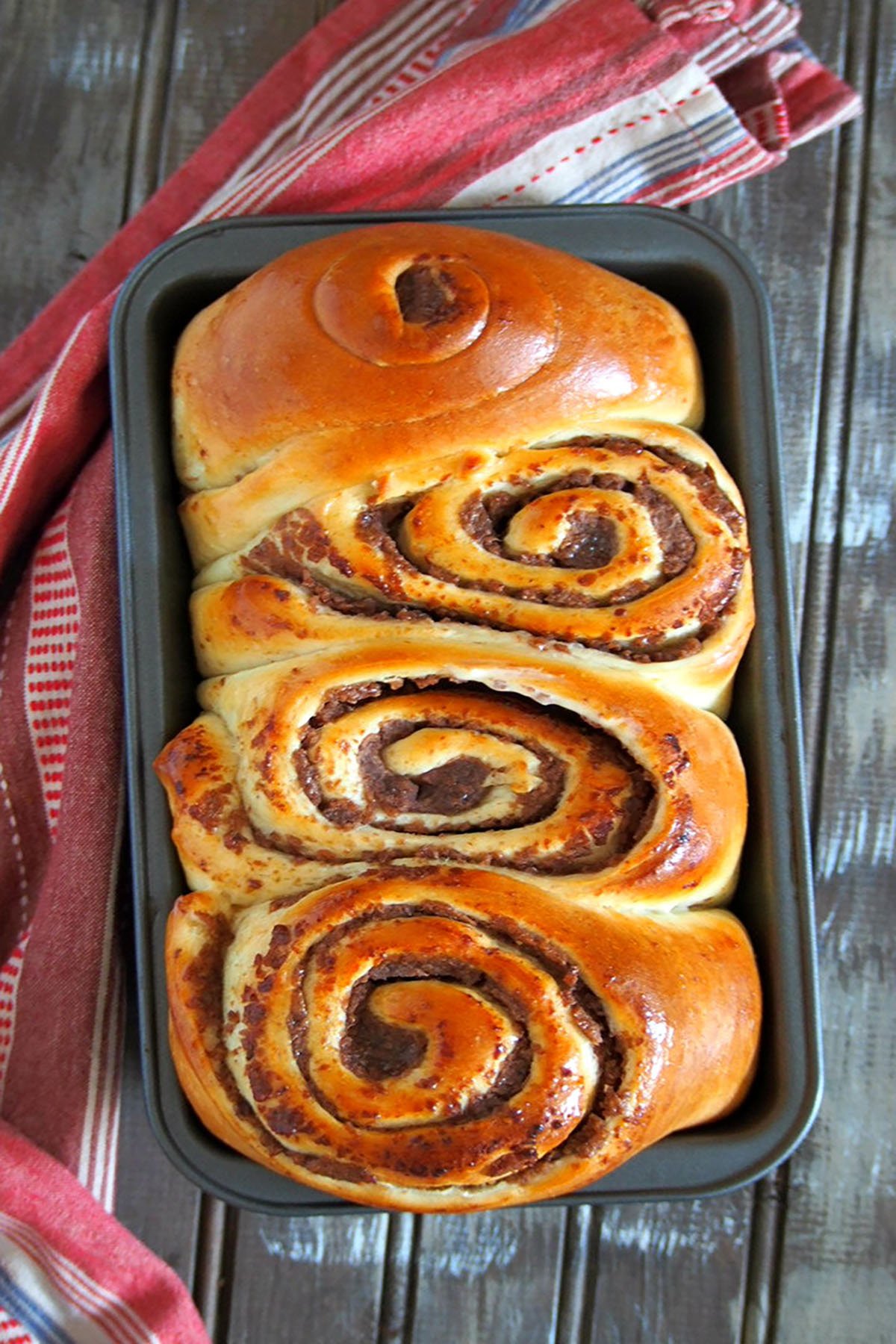
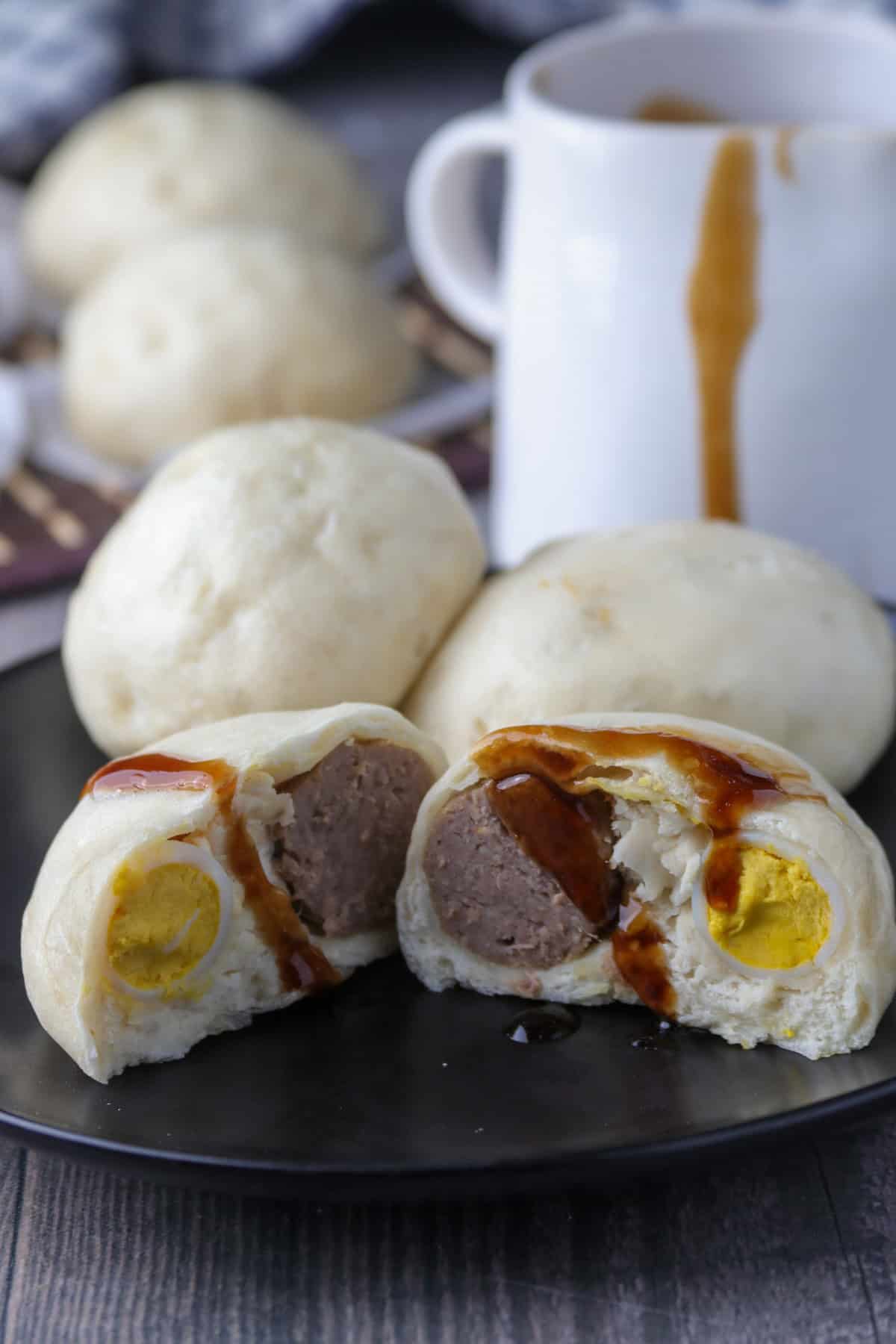
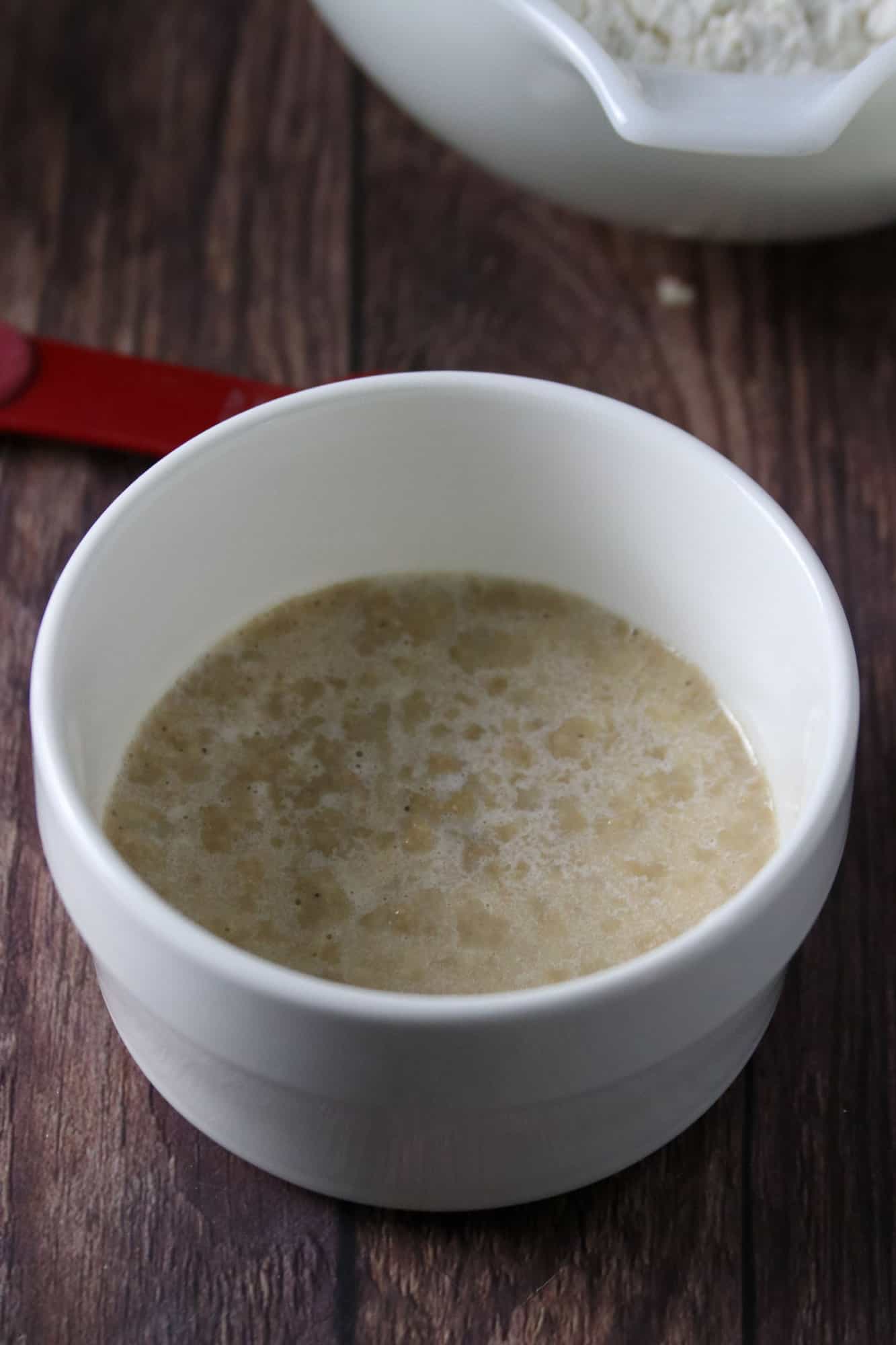
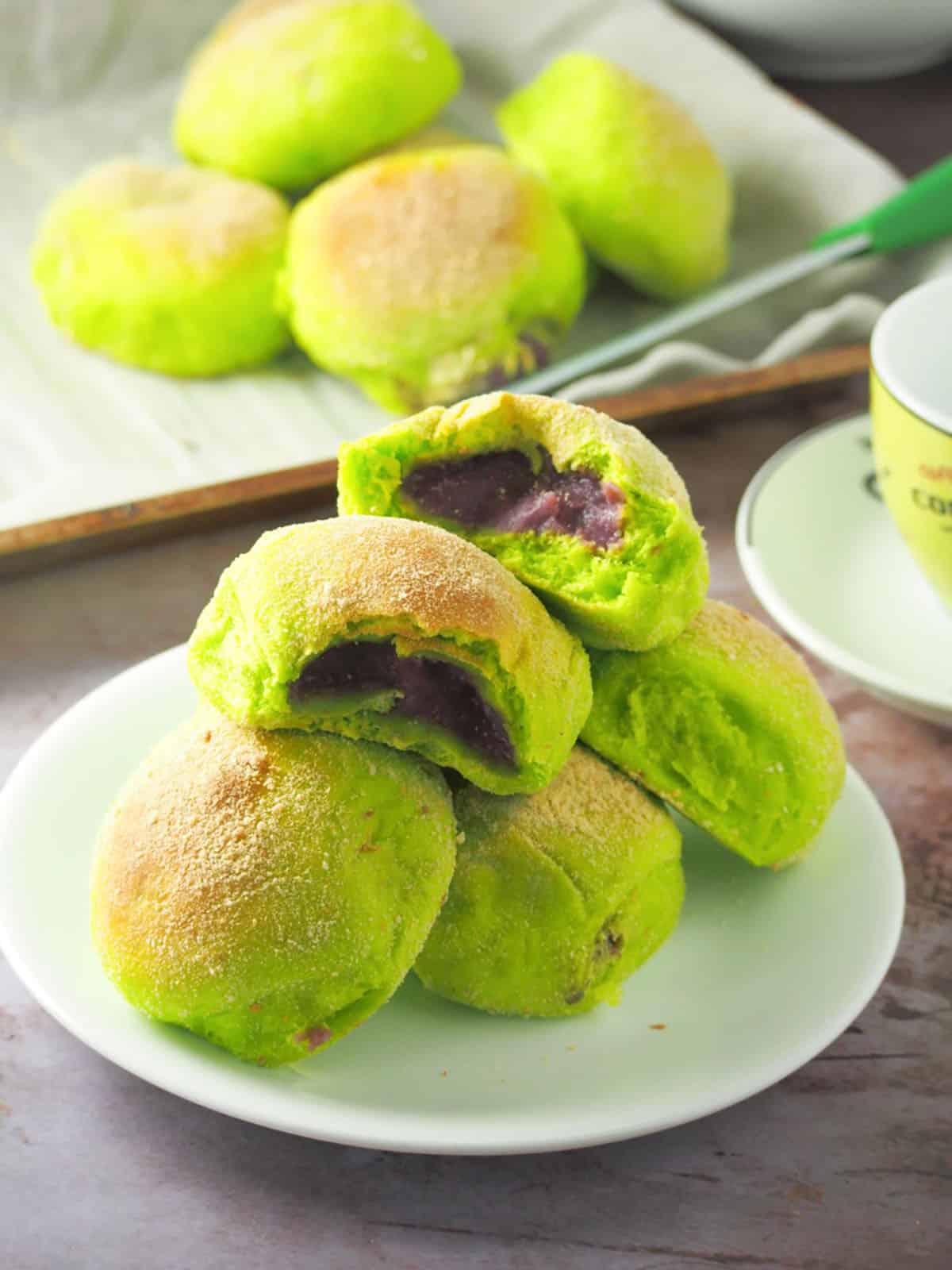
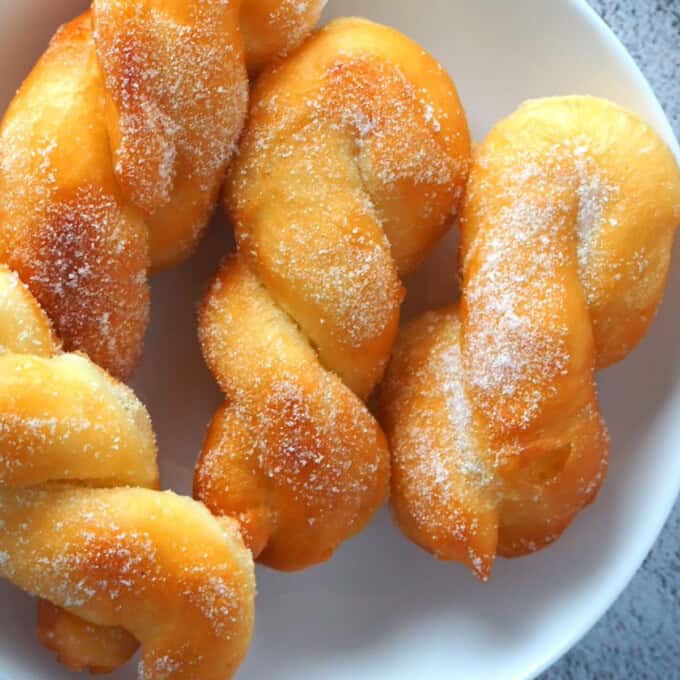
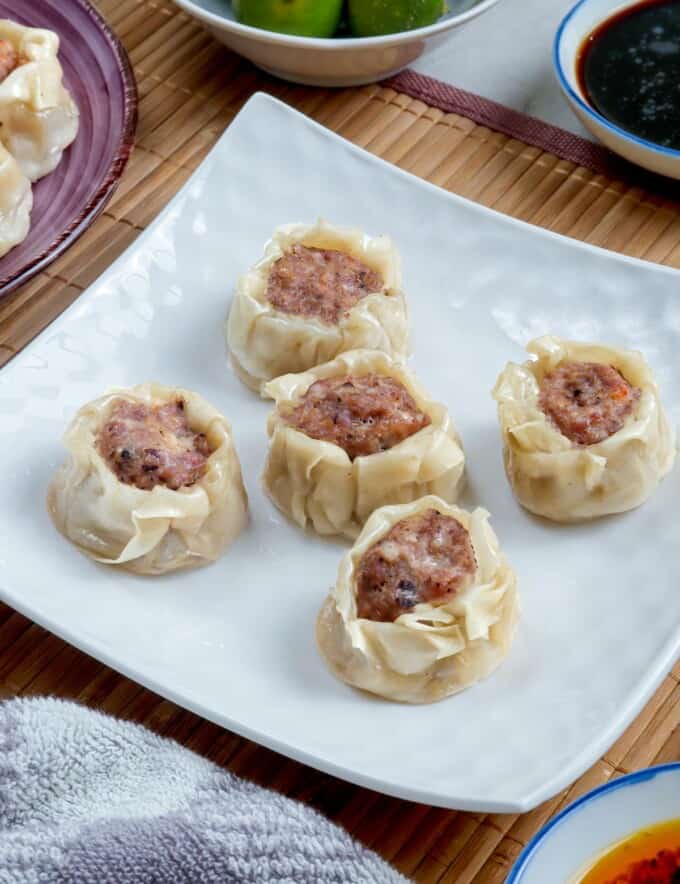
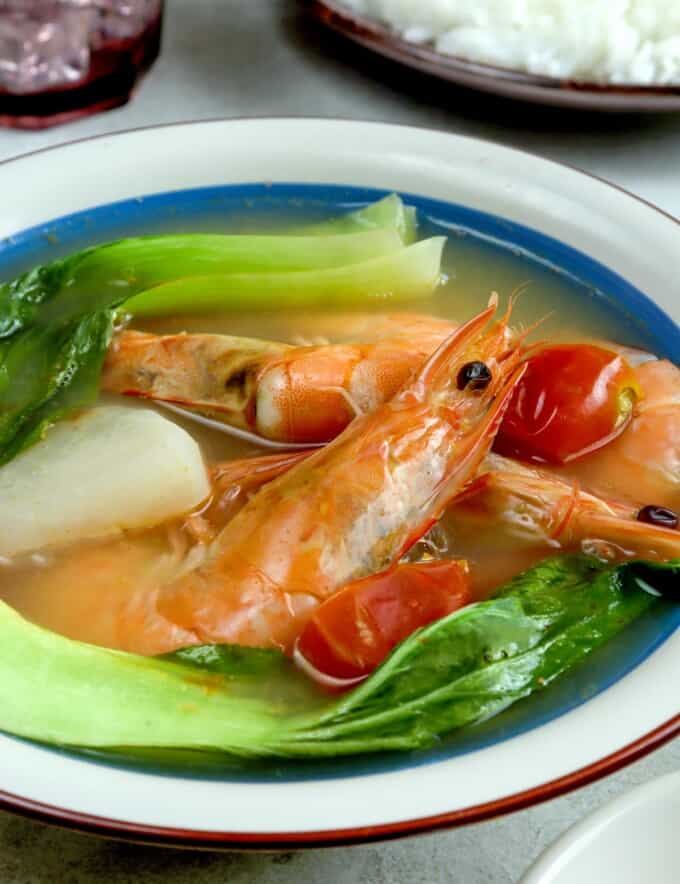
Madz says
Can this procedure can be applied as the same as Baliwag Bulacan famous tiny (bite size) bicho bicho?
Lalaine Manalo says
Hello!
I'm not sure; I've never tried the Baliwag Bulacan bicho bicho and not familiar with them.